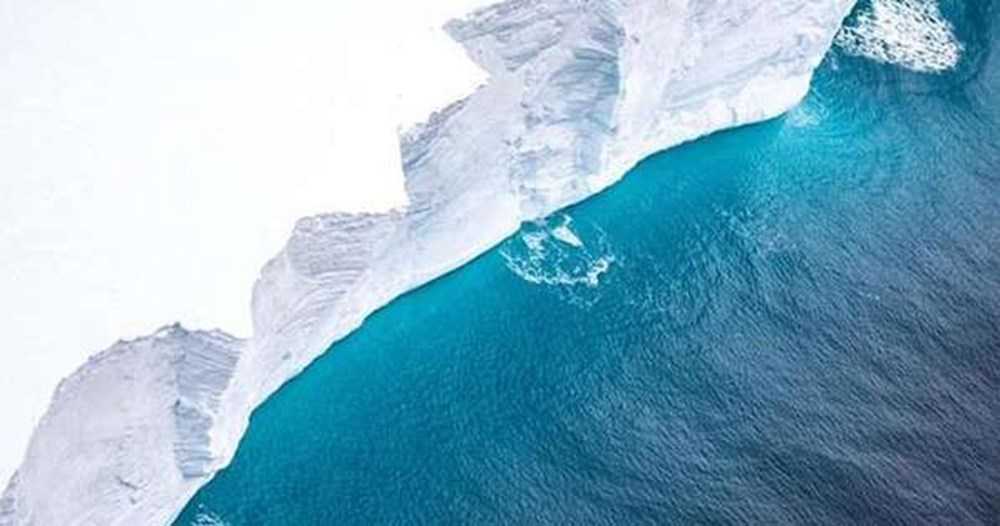The world’s largest floating iceberg, which separated from Antarctica in 2017 due to global warming, continues to break into pieces. The iceberg named A68a, which had the same area as in its first measurements, lost more than half of its area after the last fragmentation. Scientists worry that floating icebergs are threatening wildlife on the island of South Georgia.
The world’s largest iceberg threatening wildlife on South Georgia Island in the Atlantic Ocean. Over the past two days it broke into smaller pieces and turned into a “finger” shaped structure.
Sentinel-1, one of the European Space Agency’s (ESA) observation satellites. The photos took between December 21 and December 22 revealed this situation.
Since the A68a left Antarctica, it covered an area the size of. After it fell apart, it lost more than half of the area. Its area fell to 2 thousand 600 square kilometers.

The National Ice Center in England is named A86d, 168e and A68f. Mapping expert Laura Gerrish calculated the areas of the various pieces as follows:
A68a- 2 thousand 600 square kilometers
A68d- 144 square kilometers
A68e- 655 square kilometers
A68f- 225 square kilometers
Home to millions of penguins, seals, seabirds and blue whales. The British are worrie about icebergs wandering loose in the currents southeast of South Georgia Island. Ocean currents and winds can drag icebergs, trapping the cliffs around the island. Therefore, it is feared that wildlife creatures will not be able to reach food sources.
Since the ruptures and cracks in the iceberg moved from the Larsen C Ice Shelf in the Antarctic Peninsula, researchers have reported. A68a was one of the biggest dissipation events it has ever experienced, researchers said.




